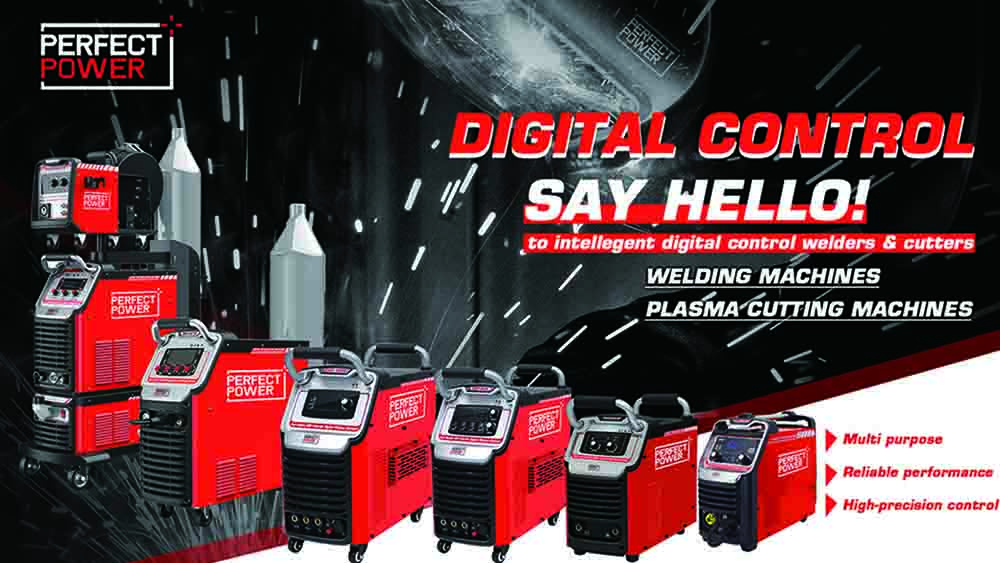The settings for oxygen and acetylene when welding with an oxy-acetylene torch depend on various factors, including the type of metal you are welding, the thickness of the material, and the specific welding technique you are using. However, I can provide some general guidelines for setting the oxygen and acetylene pressures for welding:
- Acetylene Pressure: The acetylene pressure is typically set in pounds per square inch (psi). A common acetylene pressure for welding is around 5 to 7 psi. This provides a stable flame and minimizes the risk of backfires.
- Oxygen Pressure: The oxygen pressure is also measured in psi. The oxygen pressure will vary depending on the type of welding and the thickness of the material. For general welding with a neutral flame, oxygen pressures may range from 20 to 40 psi. Thicker materials may require higher oxygen pressures.
- Flame Type: The flame type is critical for different welding applications. There are three primary flame types:
- Neutral Flame: Equal amounts of oxygen and acetylene are used, resulting in a neutral flame with a blue inner cone and a light blue outer cone. This is suitable for most welding applications.
- Carburizing Flame: More acetylene is used than oxygen, creating a yellowish flame. This is used for applications where a carburized layer is needed, such as case hardening.
- Oxidizing Flame: More oxygen is used than acetylene, resulting in a flame with a longer inner cone and a shorter outer cone. This is used for cutting applications.
- Welding Technique: Different welding techniques may require slightly different settings. For example, a TIG (Tungsten Inert Gas) welding torch will have different pressure settings compared to an oxy-acetylene torch.
- Material Thickness: Thicker materials may require higher oxygen pressures to ensure proper combustion and penetration.
It’s crucial to consult the manufacturer’s guidelines for your specific welding equipment and the material you are working with. Additionally, always follow safety precautions when working with oxy-acetylene equipment, including proper ventilation, safety goggles, and fire-resistant clothing. If you are unsure about the settings, it is advisable to seek guidance from an experienced welder or instructor.



